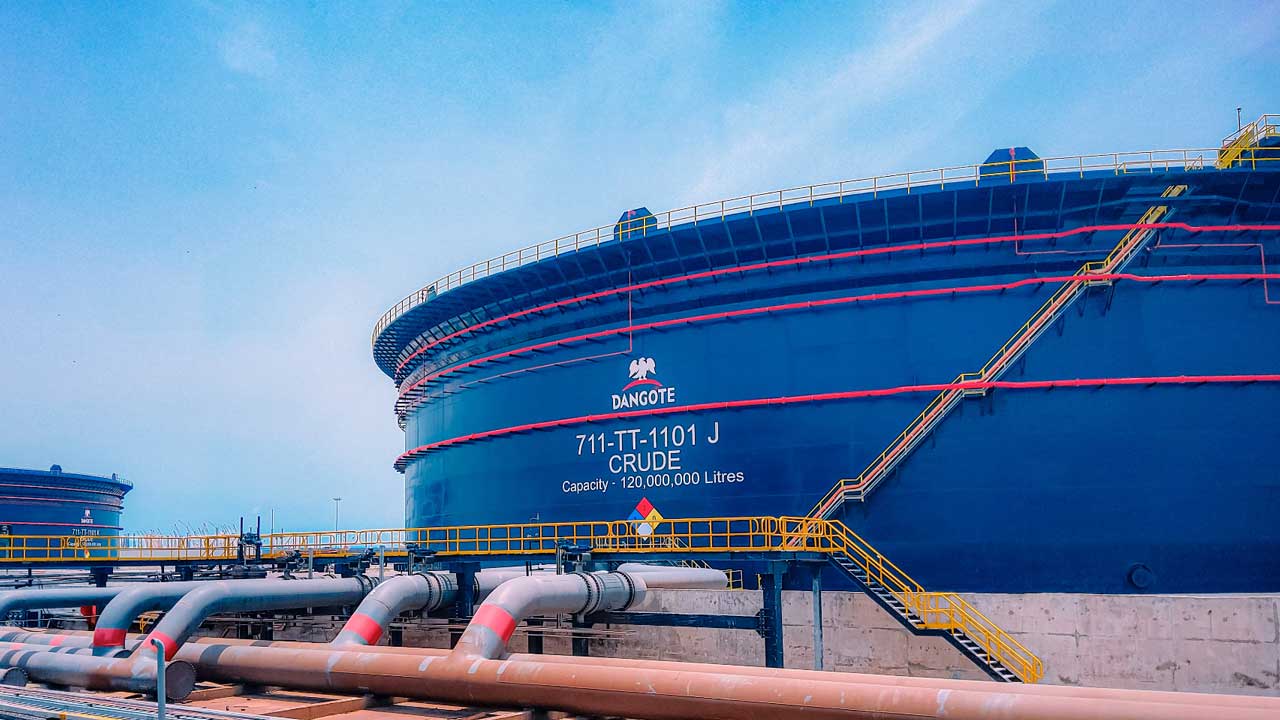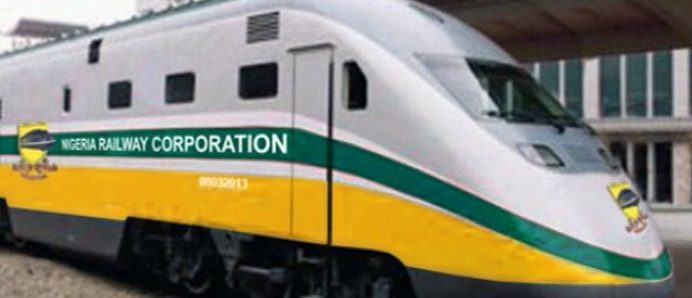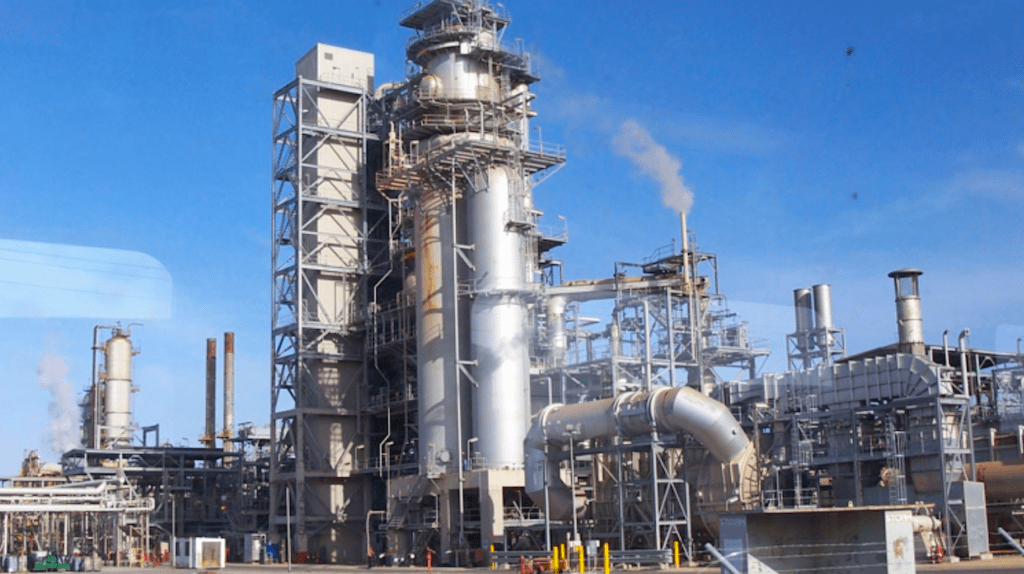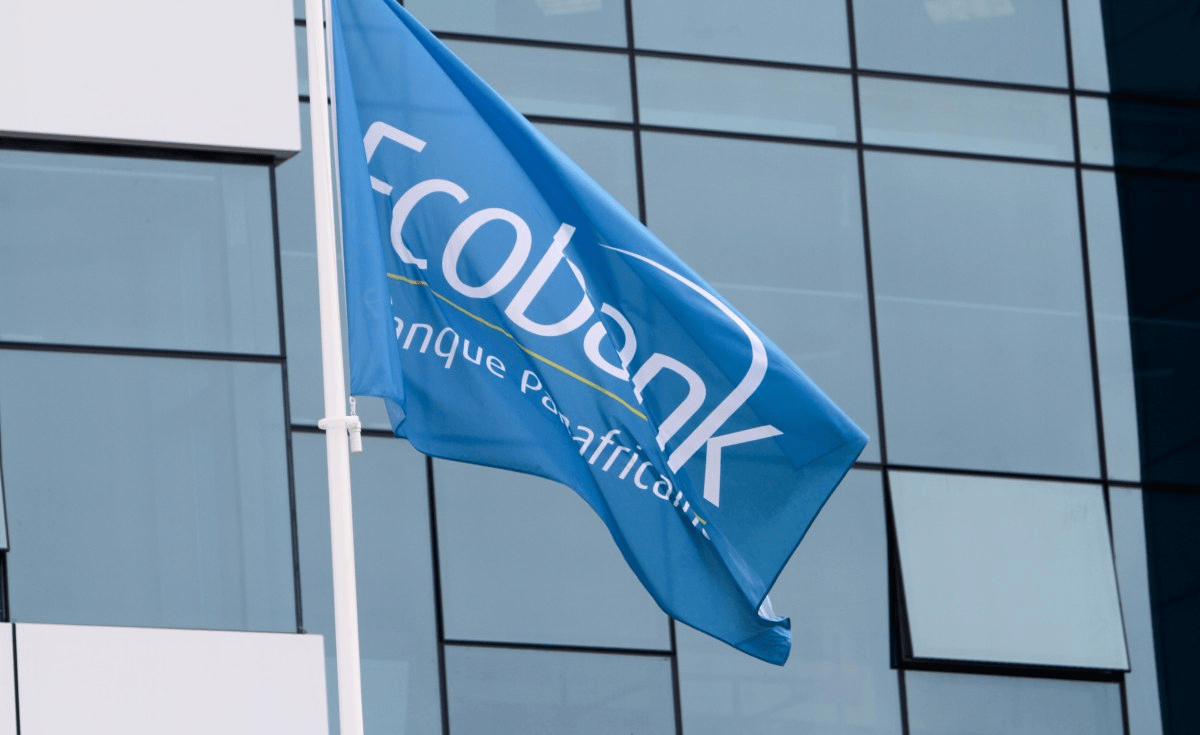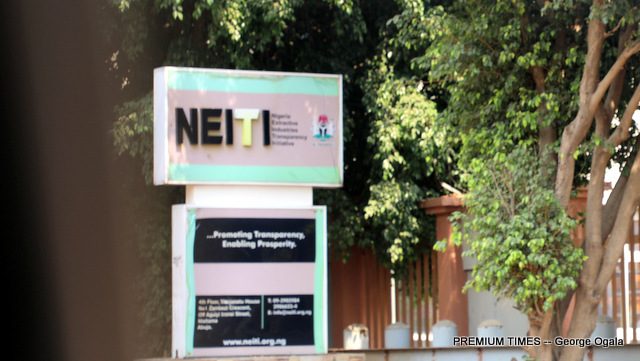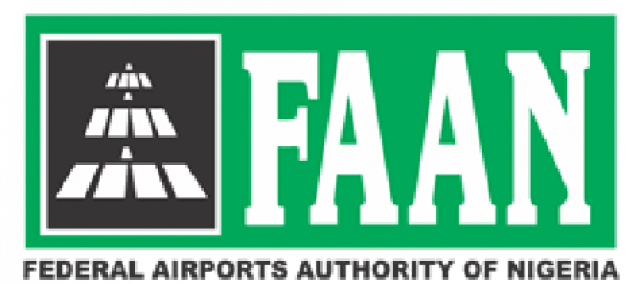This article outlines how organisations can transition from revenue leakage—caused by internal inefficiencies and process gaps—to revenue optimisation through strategic commercial levers. It introduces five levers: Attraction, Capture, Optimisation, Retention, and Growth, and provides insights for embedding a revenue optimisation culture. The goal is to help businesses improve profitability, cash flow, and valuation by operationalising these strategies.
At the core of every enterprise, the pursuit of sustainable returns is a primary objective. Profitability comes from earned revenues exceeding the costs of generating them. Therefore, in the quest for growth, companies should pay attention to optimizing sources of revenues and plugging revenue leakages.
What is revenue leakage?
Revenue leakage is the loss of potential income caused by inefficiencies, process gaps, or control failures, resulting in revenue earned but not properly captured or collected. Common causes include pricing and billing errors, contract gaps, inefficient collections, and system breakdowns. Companies lose an estimated 1–5% of EBITA (Earnings Before Interest, Taxes and Amortization) annually to poor contract management and weak payment follow-up.
Though subtle, leakage quietly erodes margins and undermines profitability. Research shows that up to 42% of organisations experience revenue leakage despite investments in ERP systems (MGI Research). Its consequences include:
⦁ Reduced profit margins;
⦁ Cash flow constraints;
⦁ Lower company valuation;
⦁ Limited funds for growth initiatives; and
⦁ From leakage to optimisation.
High-performing businesses know that sustainable profitability is not just about cost control but also about unlocking untapped revenue. A revenue optimisation lens challenges organisations to go beyond sales growth and systematically activate commercial levers that block leakages and capture full value.
What is revenue optimisation?
Revenue optimisation is the strategic maximisation of revenue growth through pricing, demand management, and marketing, without undermining customer satisfaction.
Pricing Strategy: Setting optimal prices based on value, competition, and customer willingness to pay.
Demand Management: Using market intelligence to align resources and production with demand.
Marketing Strategy: Targeted campaigns and personalised engagement to drive sales.
Five commercial levers for revenue optimisation
Organisations can systematically activate five levers to unlock sustainable profitability:
⦁ Attraction – Drawing new customers through strong value propositions, branding, product portfolio, and effective communication.
⦁ Capture – Converting interest into revenue via sales enablement, incentives, and efficient sales channels.
⦁ Optimisation – Extracting maximum value through smart pricing, upselling, cross-selling, promotions, and product exit strategies.
⦁ Retention – Deepening relationships through loyalty programs, churn prevention, win-back actions, and advocacy.
⦁ Growth – Expanding revenue through new markets, partnerships, product lines, and both organic and inorganic strategies.
Together, these levers provide a cohesive framework to capture incremental revenue, enhance customer lifetime value, and sustain bottom line improvements.
Embedding a revenue optimisation culture
Culture is the fuel for revenue optimisation. By aligning team values with shared goals, organisations empower employees to drive growth strategies. A culture that prizes flexibility, innovation, and communication transforms revenue optimisation from a strategy into a way of life.
Leaders play a central role by modelling desired behaviours, integrating revenue goals into performance systems, and reinforcing a revenue-centric mindset across all levels. Open communication and structured change initiatives ensure that everyone understands how their work contributes to overarching revenue goals.
Conclusion
Mastering revenue optimisation is essential in a volatile economic landscape. It is not a one-time effort but a mindset built on understanding market dynamics, customer behaviour, and technological advancements. By activating commercial levers and refining strategies continuously, businesses can secure long-term profitability and resilience.
Verraki (a member of Andersen Consulting) partners with organisations to unlock revenue potential by operationalising execution across the five levers—Attraction, Capture, Optimisation, Retention, and Growth. Through tailored strategies, data-driven insights, and innovative technology, Verraki helps businesses streamline operations, improve pricing and conversion efficiency, enhance customer lifetime value, and expand revenue streams. This integrated approach drives both top-line growth and bottom-line sustainability.
The post From Revenue Leaks to Revenue Peaks: Commercial Levers That Drive Bottom Line Improvements Toluwaleke Adenmosun appeared first on THISDAYLIVE.


